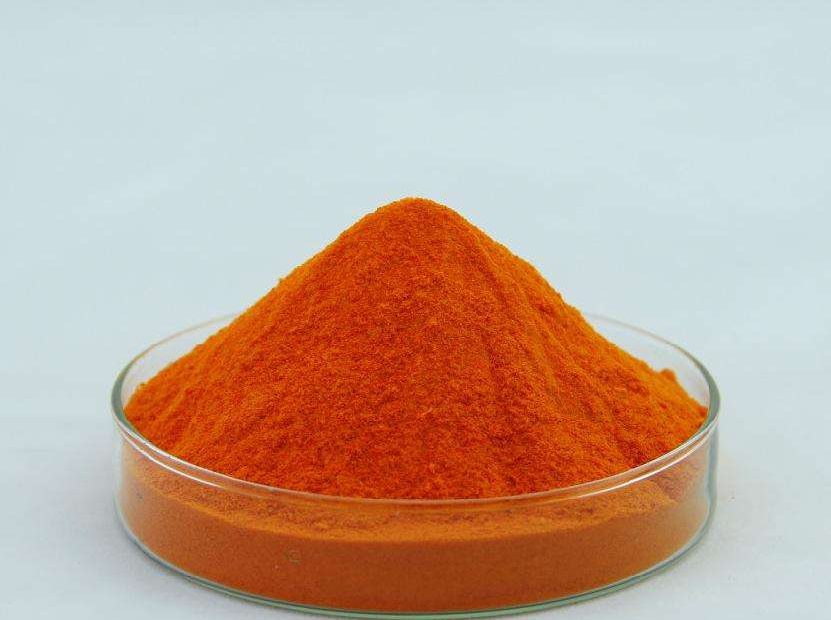Supercritical CO2 Extraction: Separation and Concentration of Carotene
Supercritical CO2 extraction is a widely used technique in various industries for extracting valuable compounds from natural sources. This article focuses on the application of supercritical CO2 extraction for the separation and concentration of carotene. We will explore the extraction process, discuss key parameters, and present a table highlighting the effects of different parameters on carotene extraction. Separation and Concentration… Read More »Supercritical CO2 Extraction: Separation and Concentration of Carotene
